Customer retention is an important marketing strategy for just about every brand. It's well known that the cost of retaining existing customers is far less than obtaining new ones. That cost continues to rise with increasing advertising prices and customers demanding more from brands. Think about how much time, effort, and funds go into acquiring new customers. Attracting new customers often becomes the primary focus for many businesses. Keeping those customers, however, is just as important. Customer retention has serious benefits for your brand which we’ll discuss here. But first: what exactly is customer retention?
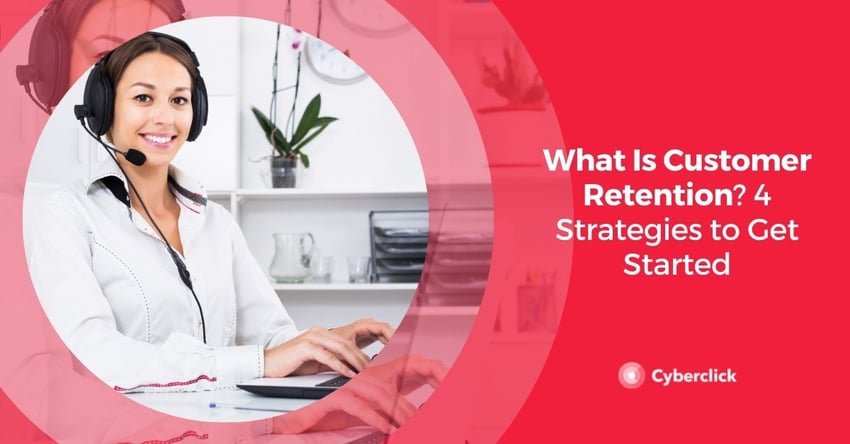
What Is Customer Retention?
Customer retention can be defined as all of the efforts a brand makes to generate repeat customers and maximize sales from each of those customers over time. Creating a unified brand experience that delivers value, service, and support creates a relationship between you and your customers. You make it easy for them to continue buying from you.
In short, retaining the customers you worked so hard to get is a strategy you can’t overlook. Yet many companies, especially those that grow very quickly, fail to take advantage of solid customer retention strategies.
You need to give people reasons to buy again, keep their subscriptions, and stay loyal to your business.
Why Is it Important?
Customer retention is important because it’s one of the best ways to grow a sustainable, healthy business. Acquiring new customers can cost anywhere from 5 to 25 times as much as retaining existing ones, according to the Harvard Business Review. So, first and foremost customer retention saves you a lot of resources and can help eliminate the stressful uncertainty of marketing to new audiences.
Customers who have already bought from you trust your brand. They’ve overcome that first obstacle of being convinced that your product or service is their best choice. Now you just need to keep them satisfied with exceptional service and products that fill their needs. Here are a few benefits of customer retention.
- Cost effective - Remarketing or upselling to existing customers is far more cost effective than trying to attract new customers. A customer retention increase of just 5% can increase revenue by 25 to 95%.
- Word of mouth marketing - Nothing beats referrals and recommendations. By building loyalty with existing customers, you increase the likelihood of them telling friends and family about your brand.
- Upselling Opportunities - Retaining customers gives you continuous opportunities for upselling other products, services, and packages to maximize profitability.
- Sustainable business model - Even a steady stream of new customers is volatile; you can’t predict your revenues. With loyal, repeat customers (especially with subscription services) you can forecast your profits and achieve long term success.
What Metrics Should You Focus On?
Customer retention is without a doubt a very powerful strategy for your business success. But how can you measure your customer retention? What metrics should you prioritize? Let’s take a look.
Customer Retention Rate
Customer retention rate is the number of existing customers who stay loyal to your brand for a given period of time. This could be with ongoing purchases, downloads, subscriptions, interactions, etc. To find your retention rate, choose a specific time period. Next identify the following:
- START (S): Number of customers at the start of the specified time period
- END (E): Number of customers at the end of the specified time period
- NEW (N): Number of new customers acquired during the specified time period
Now use the following equation: (E) - (N) / (S) X 100 = customer retention rate
So subtract E from N, divide by S and multiply by 100.
Customer Churn Rate
Customer churn rate simply means the number of customers you lose over a specified time period. Your churn rate obviously indicates how satisfied your customers are. If you have a high churn rate you better believe something is seriously wrong somewhere along your customer/brand experience. Use the following equation to calculate your churn rate:
(S) - (E) / (S) X 100 = customer churn rate
Repeat Customer Rate
Repeat customer rate is basically what percentage of your customers make more than one purchase. To calculate this you simply need to divide your number of repeat customers (R) by your number of unique customers (U).
R / U = repeat customer rate
Purchase Frequency Rate
How frequently are customers coming back to buy from you? Purchase frequency rate measures this very important metric. Again, choose your time period and this time divide the number of orders placed (O) by the number of unique customers (U).
O / U = purchase frequency rate
Average Order Price
How much do customers spend on average when they make a purchase? Divide your total revenue (R) for the time period by your number of orders placed (O).
R / O = average order place
Customer Lifetime Value
Customer lifetime value is the total revenue you expect and receive from a customer through the full customer life cycle. This is where it all comes together and you can identify your high value customers and target more audiences like them. You can analyze customer purchasing data like their particular average order price, purchase frequency rate, etc. to project what this value might be.
4 Strategies to Increase You Customer Retention Rate
So now you have lots of different rates to work with. But how do you know if your customer retention rate is good or bad? Well it depends on your industry average. Let’s look at the average industry retention rates according to Paddle.
- Retail: 63%
- Banking: 75%
- Telecom: 78%
- IT: 81%
- Insurance: 83%
- Professional services: 84%
- Media: 84%
Comparing your rate to industry averages can give you a starting point to build on or show you that you need to revamp your customer retention strategy. Here are a few strategies to consider in order to improving your customer retention rate.
Improve Customer Support and Service
Just because someone has made a purchase doesn’t mean your job is done. Quite the contrary actually. Providing great support to someone who has just made a purchase or who is a repeat customer can make all the difference in their customer experience. It lets them know you care and that you’re not simply interested taking their money. Resolving issues, answering questions, and offering trainings show that you’re available when needed. This can be done with responsive support through live chat, email, social media, and more. Even if you seriously drop the ball, you now have the opportunity to make up for it and wow your customers.
Develop a Customer Loyalty Program
People like to engage with and buy from brands that they connect with. It gives them a sense of belonging and identity. Why not give them further opportunities to engage and enjoy what you offer? A loyalty program allows you to reward your customers for purchases. This could be with a points system, access to exclusive content, special events, product development participation, etc. An impactful customer loyalty program does take effort but it's a fantastic way to keep your customers loyal and open to upselling. There are even automated tools for managing loyalty programs.
Make Your Emails Engaging and Open-Worthy
We’ve all subscribed to newsletters and mailing lists. Most of them, however, aren’t exactly open worthy. One that comes to mind is Atomic Habits author James Clear’s 3-2-1 newsletter. Why? His emails are succinct, insightful, and consistently deliver information that motivates readers. He doesn’t try to sell or push anything but instead delivers value every single Thursday.
Consider this: Emails have the highest conversion rate (4.29%) when compared to other traffic sources like social media and search results. So why would people want to open your newsletters? Depending on your industry, you can schedule thank you emails, follow up emails offering discounts and similar products, etc. You can also link to videos, blogposts, and guides that are interesting to your audience. Quality content and quality emails will keep your customers engaged and coming back for more.
Ask for Feedback and Make Necessary Changes
How do you make products that people love and delight them with your brand? Ask them what they want! Whether through email, social media or in person, getting feedback from customers is just about the best way to understand their needs. You can create polls, questionnaires, and other methods for collecting feedback. This lets customers know you care, allows them to participate, and gives you priceless info. Just don't bombard them with these materials. Social listening is also highly valuable for keeping your finger on the pulse of your industry and brand perception. By implementing the recommendations, you will be delivering a tailored experience that’s simply irresistible.
Improving your customer retention rate is vital to growing your business. Long term success is what we all want and loyal, repeat customers are key to achieving it. Make 2021 your year for customer retention and you will delight your customers, increase revenues, and streamline your marketing strategy.
Inbound Marketing Strategist en Cyberclick. Graduada en Publicidad y Relaciones Públicas por la UPF. Responsable de la estrategia de inbound marketing, creación de contenidos digitales y posicionamiento web. Gestión del CRM con la herramienta HubSpot.
Inbound Marketing Strategist at Cyberclick. Helena holds a degree in Advertising and Public Relations from UPF. She specializes in inbound marketing campaigns, digital content creation and web positioning, with experience in CRM management and HubSpot.

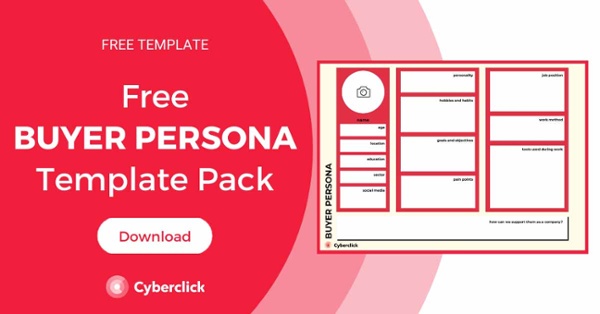

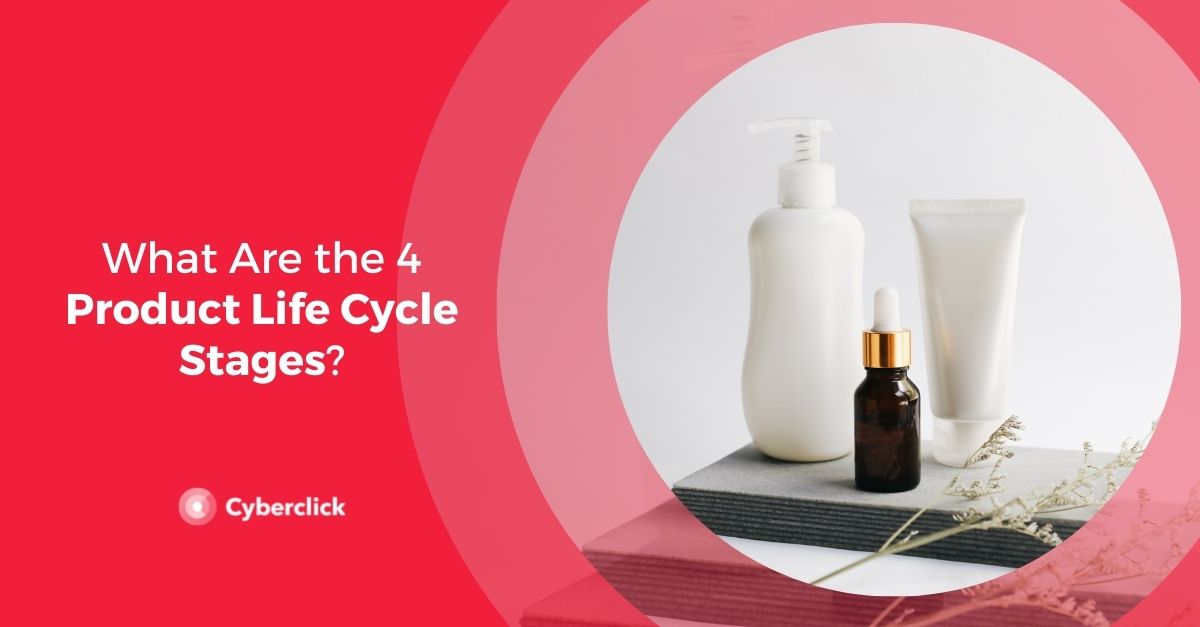
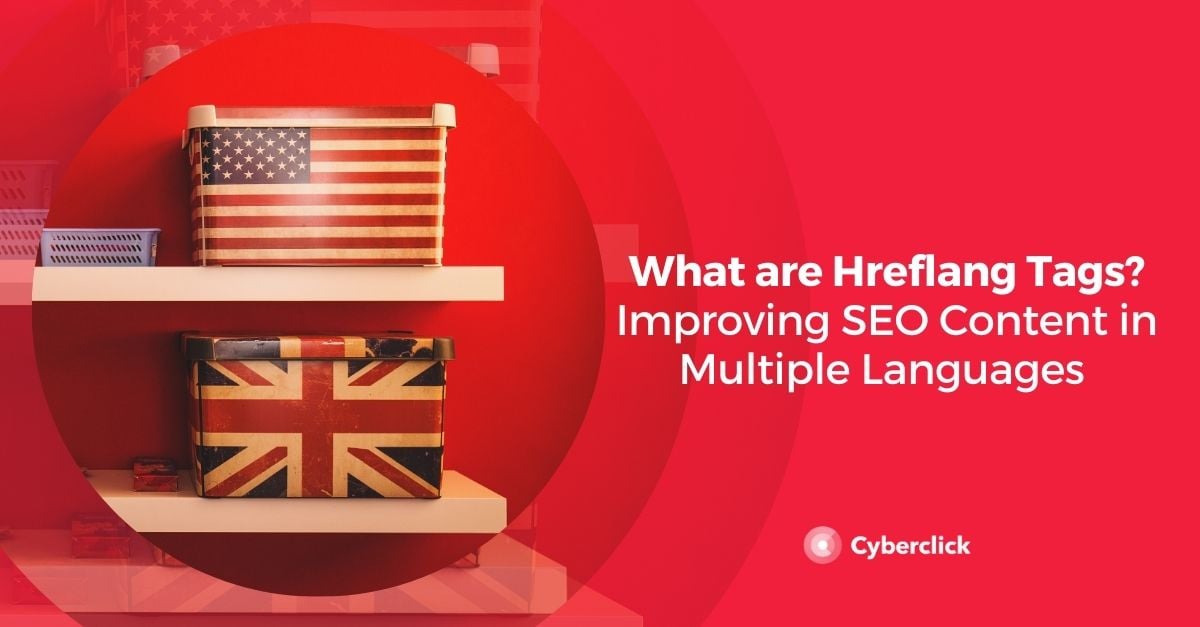
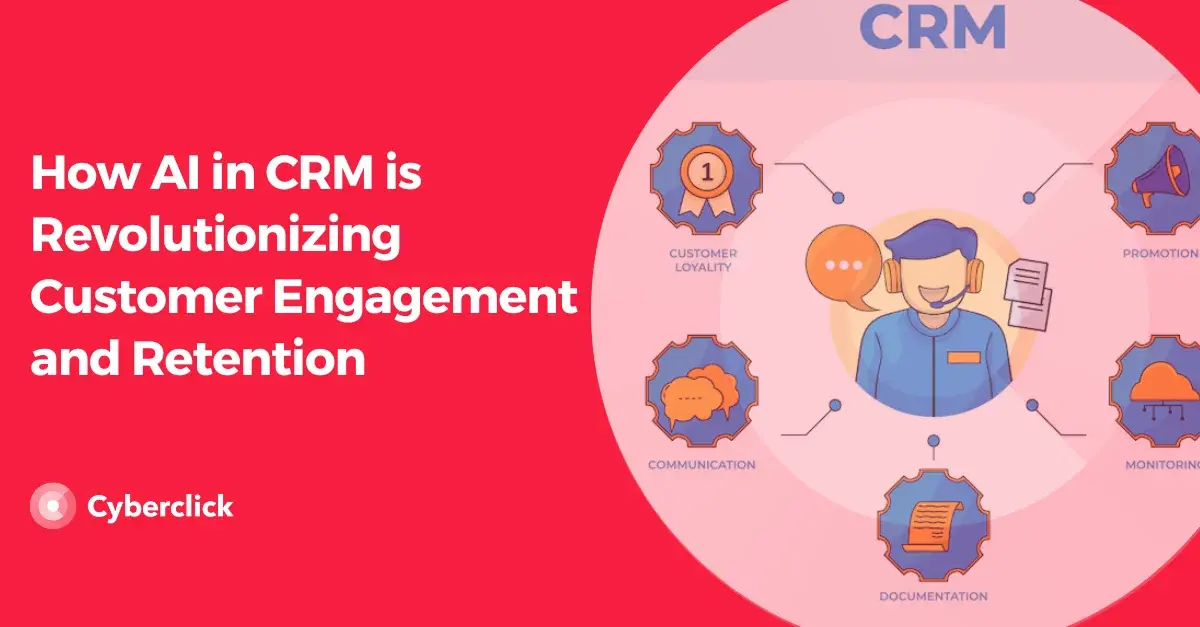
Leave your comment and join the conversation